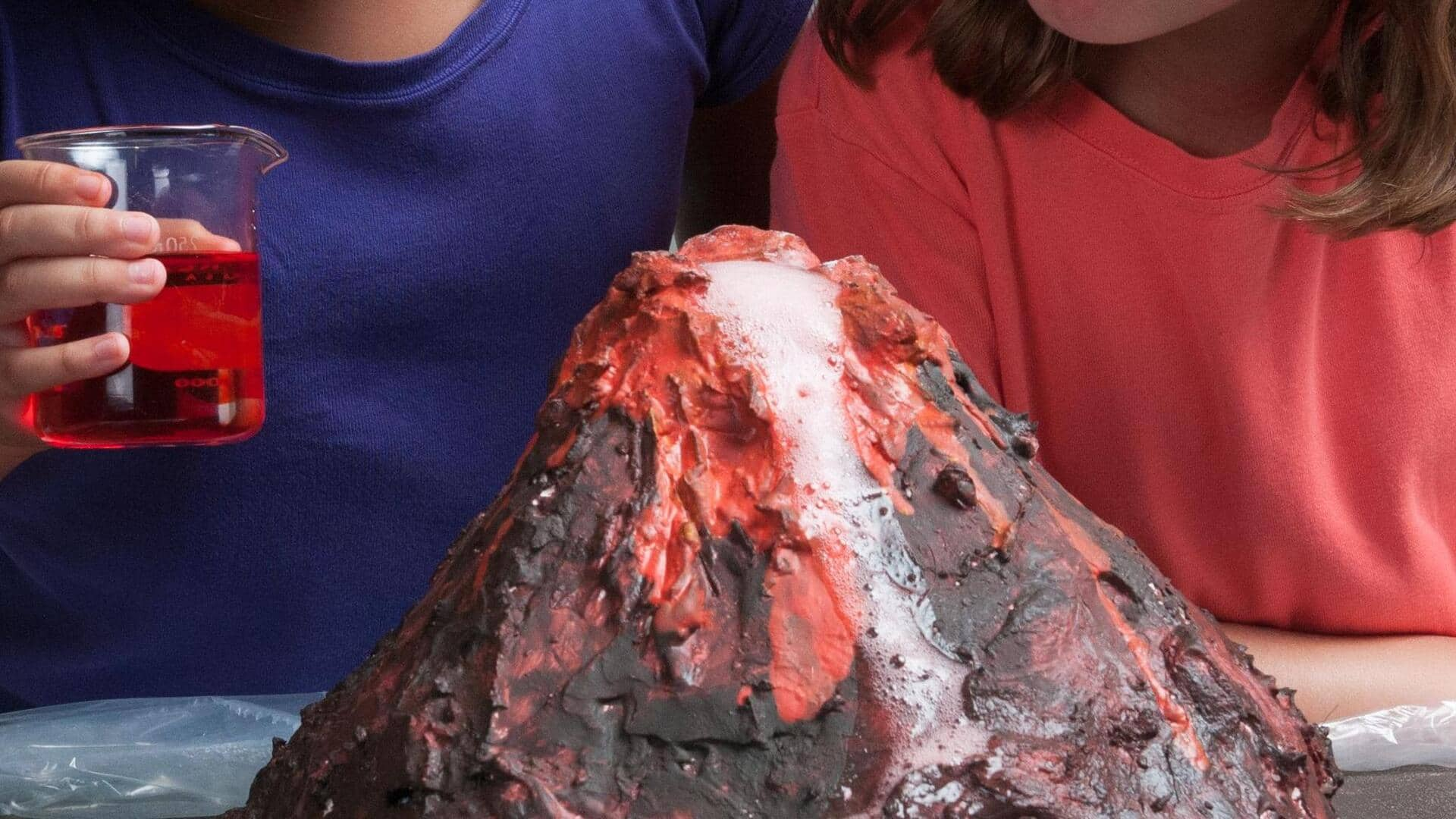
5 fun DIY science experiments for kids
What's the story
Engaging kids in science experiments at home can be a fun and educational way to boost their creativity. These activities not only spark curiosity but also help kids understand basic scientific principles. With simple materials often found around the house, parents and guardians can create an interactive learning environment. Here are five DIY science experiments that are easy to set up and sure to captivate young minds.
Eruption fun
Create a volcano with baking soda
This classic experiment is all about making a volcano using baking soda, vinegar, and food coloring. Just mix these ingredients in a small container shaped like a volcano, and kids can see an exciting eruption. The reaction between the baking soda and vinegar yields carbon dioxide gas, which causes the mixture to bubble over. This activity is ideal to teach kids about chemical reactions in an engaging way.
Gooey science
Make your own slime
Making slime is an activity that combines the best of both worlds - fun and learning about polymers. Using glue, water, and a borax solution or contact lens solution as activators, kids can make stretchy slime in all colors of the rainbow by adding food coloring or glitter. This experiment teaches kids how the way molecules interact to form different states of matter, all while having fun with slime!
Crystal growth
Grow crystals from sugar or salt
Growing crystals is an interesting experiment that shows how solids are formed from solutions through evaporation. By dissolving sugar or salt in hot water until saturated and allowing it to cool slowly over a few days, kids can see crystal formation on strings or sticks kept inside the solution. This activity teaches patience, while explaining concepts like saturation points and crystallization processes.
Electric exploration
Build a simple circuit with batteries
Building circuits also introduces kids to basic electronics concepts like conductivity and current flow with the use of batteries (AA/AAA), wires (copper), bulbs (LEDs), switches (paper clips), etc. all easily available at home stores nearby. They learn how electricity flows through conductive materials when they connect components right in their circuit designs. This is an essential foundation for future STEM learning.
Colorful chemistry
Create rainbow milk patterns
Rainbow milk patterns provide a glimpse into surface tension properties by combining milk (whole) with drops of dish soap and dots of food coloring littered across its surface area. Witness bright swirls appear instantaneously upon contact. This occurs mainly because soap lowers surface tension, permitting colors to diffuse freely into the liquid medium. It's an eye-popping demonstration perfect for younger audiences wanting to experience chemistry wonders first-hand!